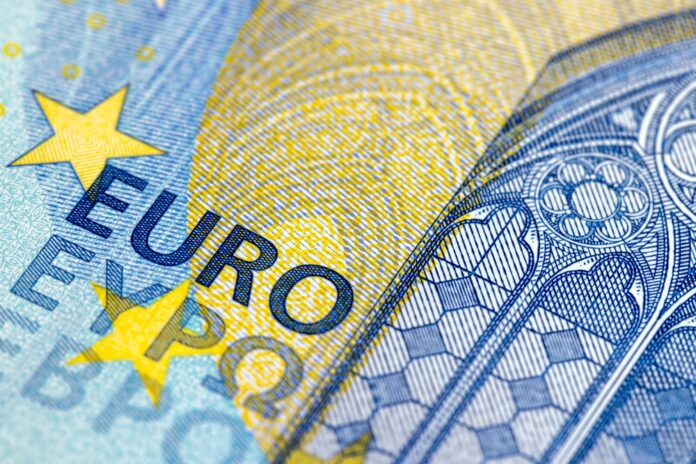The U.S. currency retreated slightly on Monday amid light trading due to the holiday, as traders await key labor market data as they look for signs of possible interest rate cuts by the Federal Reserve.
This Monday, activity will be minimal due to the U.S. Labor Day vacation.
Dollar Focuses on Payrolls Report
The dollar was able to recover last week after losing about 5% since the beginning of July, and now the focus is on the U.S. employment report due later this week.
U.S. payrolls due on Friday will play a crucial role after Fed Chairman Jerome Powell shifted from fighting inflation to a willingness to guard against job losses, indicating the likelihood of a 25 basis point rate cut by the end of the month.
If the outcome aligns with estimates of a 164,000 increase in non-farm payrolls and an unemployment rate of 4.2%, it would likely eliminate the possibility of a 50 basis point cut, and it would take an extraordinary outcome for markets to abandon the 25 basis point cut.
Ahead of Friday’s report, other data related to the health of the labor market will be released, starting with the JOLTS job openings report on Wednesday, which also includes layoff data. Thursday brings ADP data regarding private sector hiring, along with the weekly report on initial jobless claims.
Euro Rebounds Despite Political Uncertainty and Weak Data
In Europe, the EUR/USD rose 0.2% to 1.1967 after touching its lowest level since August 19.
Eurozone manufacturing activity remained in the contraction zone in August, with the final Eurozone manufacturing Purchasing Managers’ Index by S&P Global at 45.8, well below the 50 mark that separates growth from contraction.
The European Central Bank cut interest rates in June to stimulate the region’s economy and looks likely to do so again later this month, after Eurozone inflation eased to 2.2% in August, the lowest level recorded in three years.
On the political front in Europe, Alternative for Germany (AfD) became the first far-right party to win a state legislative election in the country since World War II, with its result in Thuringia.
The faltering authority of Germany’s government could also complicate politics in Europe as the bloc’s other major power, France, continues to struggle to form a government after early elections in June and July.
GBP/USD gained about 0.1% to 1.3138, and sterling remained in demand, supported by expectations that the Bank of England will keep interest rates higher for longer than in the U.S. and eurozone.
The Bank of England cut rates by 25 basis points on August 1, to 5.0%, and money markets expect another 40 basis point cut by the end of this year.
The Yen and Yuan Lose Ground After PMI Data
Turning to Asia, USD/JPY rose 0.4% to 146.6, with the yen losing ground slightly after Japan’s manufacturing activity contracted again in August, according to a survey released Monday by the private sector.
The final au Jibun Bank Purchasing Managers’ Index for Japan’s manufacturing sector rose to 49.8 in August from 49.1 in July, slightly higher than the preliminary reading of 49.5. It remained below the 50.0 line that separates growth from contraction for two months in a row.
USD/CNY rose 0.3% to 7.1105, and the yuan retreated after China’s Purchasing Managers’ Index data on Saturday provided the first insight into the performance of the world’s second-largest economy, with manufacturing activity sinking to six-month lows and contracting for the fourth consecutive month.



